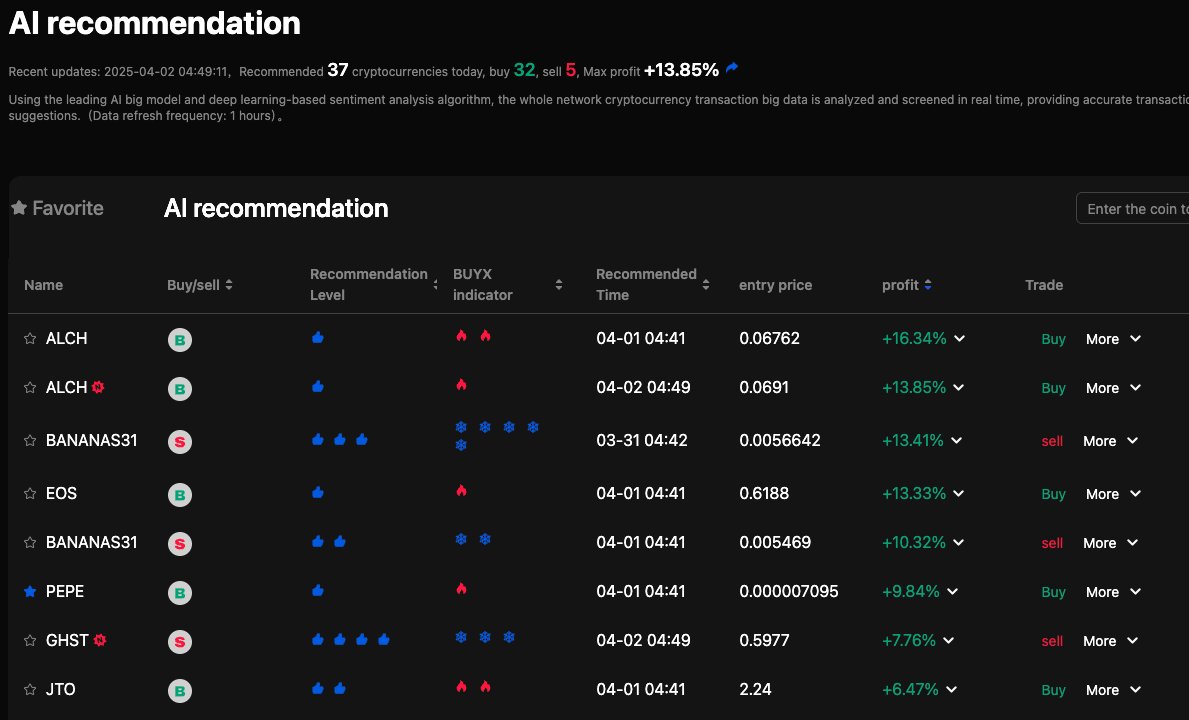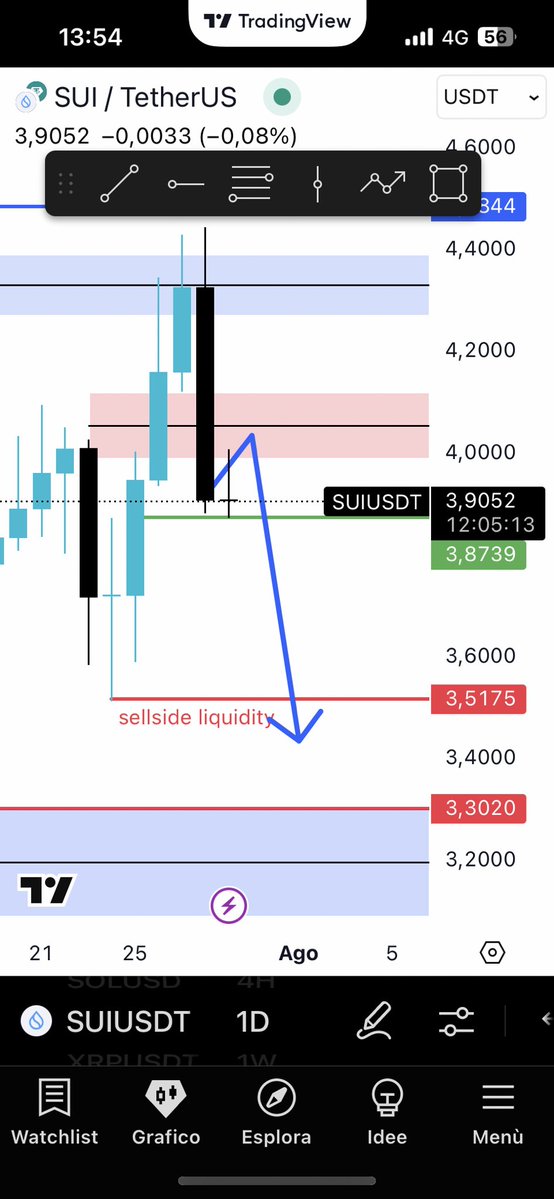Navigating the Policy-Driven Market
Imagine stepping into a bustling marketplace where the rules of engagement change rapidly, and fortunes can be made or lost in the blink of an eye. Welcome to the world of cryptocurrency trading on April 2, 2025. Today’s market is a fascinating blend of policy-driven differentiation and technological innovation. As we delve into this dynamic landscape, we’ll explore the key trends, opportunities, and challenges that define the current state of cryptocurrency trading.
The Policy-Driven Landscape
Regulatory Shifts and Their Impact
The cryptocurrency market is increasingly influenced by regulatory frameworks that vary significantly across different regions. Governments worldwide are grappling with how to manage this burgeoning asset class, leading to a patchwork of regulations that can either stifle or stimulate growth. For instance, some countries have embraced cryptocurrencies, recognizing their potential to drive financial inclusion and innovation. Others have taken a more cautious approach, imposing strict regulations to mitigate risks associated with volatility and illicit activities.
Regulatory shifts can have profound impacts on market dynamics. For example, when a major economy like the United States or the European Union introduces new regulations, it can affect global market sentiment and trading volumes. Investors must stay abreast of these changes to avoid regulatory pitfalls and capitalize on emerging opportunities. The regulatory environment is not static; it evolves in response to market developments and societal needs, making it a critical area of focus for cryptocurrency traders.
Compliant Assets: The New Standard
In this regulatory environment, compliant assets are emerging as the new standard. These are cryptocurrencies that adhere to legal and regulatory requirements, providing a safer and more stable investment option. Compliance is not just about avoiding legal pitfalls; it’s about building trust with investors and fostering a sustainable ecosystem. As regulatory scrutiny intensifies, compliant assets are likely to see increased demand, making them a key focus for investors.
Compliant assets offer several advantages, including reduced legal risks, enhanced transparency, and improved liquidity. They are often backed by established financial institutions or regulatory bodies, which adds a layer of credibility and stability. Investors seeking long-term growth and stability should consider allocating a significant portion of their portfolios to compliant assets. These assets can serve as a hedge against the volatility inherent in the cryptocurrency market, providing a more balanced and diversified investment strategy.
Technological Innovations Driving Growth
AI and Machine Learning
Artificial Intelligence (AI) and machine learning are revolutionizing the way we analyze and trade cryptocurrencies. AI-driven algorithms can process vast amounts of data in real-time, identifying patterns and trends that human analysts might miss. This technological edge is crucial in a market where split-second decisions can make a significant difference. For example, AI can help screen potential investment targets, as seen in the case of the 37 targets identified by AI, with 32 showing potential for growth[1].
AI and machine learning can also enhance risk management by providing more accurate predictive models. These models can help traders anticipate market movements, identify potential risks, and make more informed decisions. AI-driven tools can analyze historical data, market sentiment, and other relevant factors to generate actionable insights. This level of sophistication is essential for navigating the complex and rapidly changing cryptocurrency market.
Real-World Asset (RWA) Integration
The integration of real-world assets (RWAs) with blockchain technology is another exciting development. RWAs represent tangible assets like real estate, commodities, and even intellectual property, tokenized on the blockchain. This integration brings the stability and value of real-world assets into the cryptocurrency market, reducing volatility and enhancing liquidity. The AI+RWA track is particularly noteworthy, as it combines the best of both worlds, offering investors a more balanced and diversified portfolio.
RWA integration can also open up new investment opportunities. For instance, investors can gain exposure to real estate markets without the need for physical ownership or management. Similarly, commodities like gold or oil can be tokenized, allowing for more accessible and liquid trading. This integration can democratize access to traditional asset classes, making them available to a broader range of investors.
The Meme Coin Phenomenon
Oversold Meme Coins: Opportunities in Volatility
Meme coins, once dismissed as mere internet jokes, have gained significant traction in the cryptocurrency market. These coins, often driven by community hype and social media trends, can experience extreme volatility. While this volatility can be risky, it also presents opportunities for savvy investors. Oversold meme coins, in particular, can offer substantial returns if timed correctly. The key is to identify the right moments to buy and sell, leveraging tools like AI and technical analysis to make informed decisions.
Meme coins often have a strong community backing, which can drive their value. Social media platforms like Twitter and Reddit play a crucial role in shaping market sentiment and driving demand. Investors should monitor these platforms for trends and community discussions that could impact meme coin prices. Additionally, technical analysis tools can help identify oversold conditions, providing potential entry points for investors.
Investment Strategies for the Modern Trader
Diversification and Risk Management
In a market as dynamic as cryptocurrency, diversification is crucial. Investors should consider spreading their investments across compliant assets, AI-driven tracks, and carefully selected meme coins. This approach not only mitigates risk but also maximizes potential returns. Risk management strategies, such as setting stop-loss orders and regularly reviewing portfolios, are essential for navigating the market’s ups and downs.
Diversification can also involve allocating investments across different sectors within the cryptocurrency market. For example, investors can diversify into decentralized finance (DeFi) projects, non-fungible tokens (NFTs), and blockchain infrastructure. Each of these sectors has its own unique opportunities and risks, and diversifying across them can help balance the portfolio.
Staying Informed and Adaptable
The cryptocurrency market is in a state of constant flux, driven by technological advancements, regulatory changes, and market sentiment. Staying informed is paramount. Investors should follow reliable sources of information, engage with the community, and be prepared to adapt their strategies as new developments emerge. The goal is to be proactive rather than reactive, anticipating market movements and positioning oneself accordingly.
Staying informed also involves continuous learning and adaptation. The cryptocurrency market is evolving rapidly, and what works today may not be effective tomorrow. Investors should stay updated on the latest trends, technologies, and regulatory changes. Engaging with the community through forums, social media, and industry events can provide valuable insights and networking opportunities.
Conclusion: Embracing the Future of Trading
As we stand on the cusp of a new era in cryptocurrency trading, it’s clear that the market is evolving rapidly. Policy-driven differentiation, technological innovation, and community-driven trends are shaping the landscape in unprecedented ways. For investors, the key to success lies in staying informed, embracing compliance, leveraging technology, and maintaining a diversified portfolio. The future of cryptocurrency trading is bright, and those who adapt and innovate will be the ones to reap the rewards.
The cryptocurrency market offers immense opportunities for those willing to navigate its complexities. By understanding the regulatory environment, leveraging technological advancements, and staying adaptable, investors can position themselves for long-term success. The market is dynamic and ever-changing, but with the right strategies and mindset, the possibilities are endless.
Sources
[2]: Marlon Thiel Twitter Post
[3]: Conrad Lubowitz Twitter Post
[5]: Stella Hilll Twitter Post
[6]: Maia Gottlieb Twitter Post
[7]: Quinton Rutherford Twitter Post
[8]: Jamar Weissnat Twitter Post











